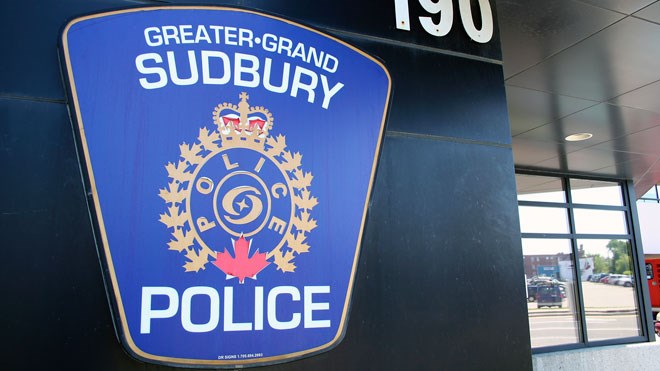The Greater Sudbury Police have released vehicle collision statistics for 2016, revealing a number of interesting facts about when and why crashes happen.
The data is compiled by the police service in partnership with Accident Support Services International (Collision Reporting Centre). It focuses on vehicle collisions, pedestrian collisions, crashes involved alcohol or drugs and snowmobile crashes.
In total, there were 3,654 motor vehicle collisions reported in Greater Sudbury in 2016. More than half (68 per cent) were self-reported and the remainder were on-scene investigations, police said. Most of the crashes between vehicles were rear-end collisions.
Sadly, collisions resulted in the deaths of eight people last year.
There have been several high-profile collisions between vehicles and pedestrians in the past couple of years that have brought the issue to the fore. The data not only details when most of these crashes occur, but also where fault lies.
In 2016, there were 69 collisions between pedestrians and vehicles.
Most of those crashes (24 per cent) happened in November, on week days and most often during lunch hour (noon to 1 p.m.) or around 5 p.m. as people left work to go home. Tuesdays and Wednesdays were the most common days for pedestrians to be hit.
When it comes to fault, in most pedestrian collisions (39 per cent) the drivers were not deemed to be at fault, GSPS reports.
When drivers were at fault (32 per cent of incidents), the driver failing to yield the right of way to the pedestrian was the problem. Basically on par with that stat, 29 per cent of the time pedestrian collisions were the result of people crossing intersections against the light or trying to cross the road without the right of way.
Time of year is also a factor in crashes, with most collisions occurring from November to March, with February being the month when the majority of crashes are happening on city roads.
Again, most collisions occurred during on a weekday, and most commonly on Thursdays between noon and 5 p.m., peaking at 4 p.m.
Interestingly, while weather does play a role in crashes, it’s not nearly as much as a factor as you might think.
In 87 per cent of crashes, the weather happened to be clear. Rain and/or now was only found to be a factor 11 per cent of the time.
What this says, Greater Sudbury Police argues, is that while people are driving according to conditions, careless, aggressive or distracted driving is to blame for far too many crashes.
When it comes to intoxication, there were 59 collisions in 2016 in which impairment by either drugs or alcohol was to blame. Most (44 per cent) happened in June, November and December, and most often on Fridays and Saturdays between 8 p.m. and 1 a.m.
And finally, on 12 occasions snowmachines were somehow involved in a crash, and in 20 others collisions, snow plows were involved.
By the numbers:
- Total collisions – 3,654
- Total vehicles involved – 6,417
- Self-reported collisions – 2,173
- Fatal collisions – 8
- Non-Fatal injury – 820
- Involving alcohol or drugs – 59
- Involving pedestrians – 69
- Involving Motorized Snow Vehicles – 12
- Involving Snow Plows – 20
With this information and other data obtained from local collision reports, officers will be conducting directed enforcement in an attempt to enhance driver/pedestrian awareness and encourage compliance with traffic laws.
The reported data is subject to further collection and analysis.



